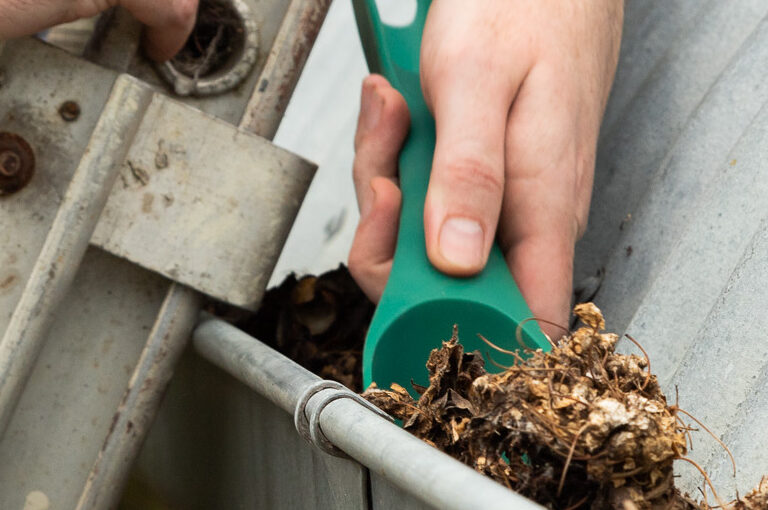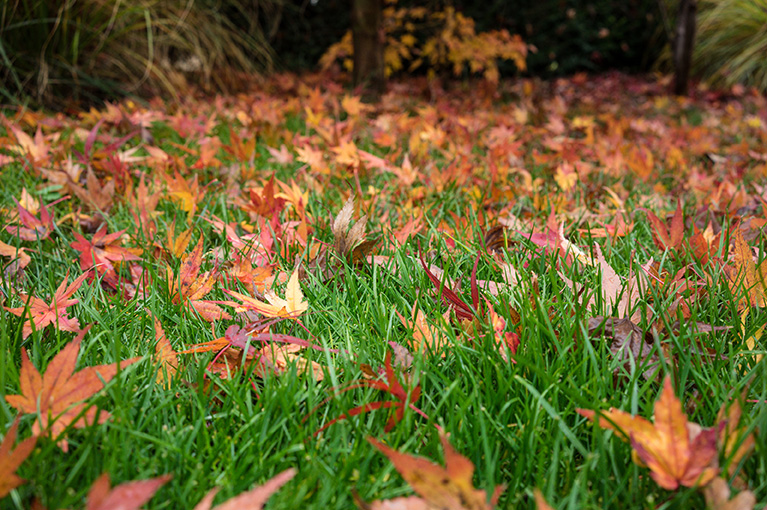With summer on its way, it’s time to start planning for your favourite summer vegetables. Whether you’re planting asparagus, cucumber, tomatoes or fennel, here’s everything you need to know to get started. So you can enjoy delicious salads and family favourites all summer long.
How to plant summer vegetables
Some veggies are better grown from seed, but you’ll find lots of seedlings in your local garden centre, too.
By staggering plantings, you’ll be able to extend your harvest and enjoy fresh veggies or salad greens for longer. This also avoids having a surplus of produce all at once.
You can grow vegetables in many locations. To save space, some varieties like tomatoes and cucumbers will happily grow up a trellis. Use stakes and twine to build the height and size you need, and then tie the plant up as it grows.
Another option is weld mesh, which can be secured by posts to make a climbing frame.
You can also use large pots to grow many vegetables. These are great for courtyards, and help add height and variation to your garden.
How to grow summer vegetables
It’s easy to get your veggies growing. Just follow these three simple steps:
- Buy quality seeds and sow them in seed trays with a good seed raising mix.
- Keep them moist and away from the sun until the first leaves emerge.
- Place them in partial sun until they’re robust enough to plant in your preferred container or bed.
Top tip: Summer vegetables need a lot of rich organic matter. This helps them grow fast and strong, and have the best flavour. A ‘set and forget’ watering system is essential to help your plants thrive in hot weather. Water deeply early in the day, and use a thick mulch to keep the plant roots shaded.
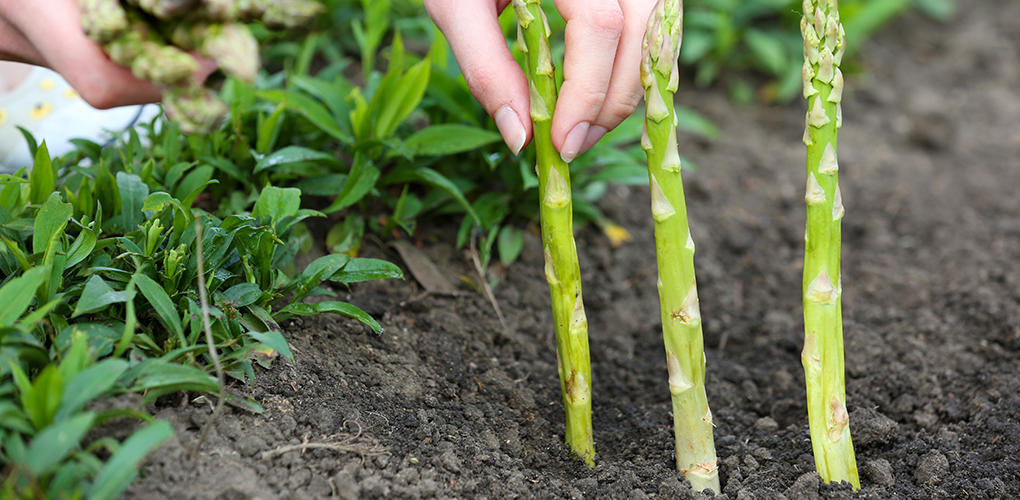
Growing asparagus from seed
When planting asparagus, most people purchase a crown. That way, you’ll get beautiful asparagus spears that you can pick in their second year once they’re established.
Asparagus can be tricky, since they don’t like frost and love a fertile, sunny, and well drained position.
Harvest when you notice the spears are getting thin (after around 6-8 weeks). Leave foliage on the asparagus plant until the weather warms up, then cut them to the ground.
Asparagus are heavy feeders. So use plenty of compost and organic matter (such as cow manure) at the start of the growing season. Set aside a special bed for the asparagus, as it can live for many years in the one location.
To eat: Lightly cook in butter with some garlic, pepper and lemon.
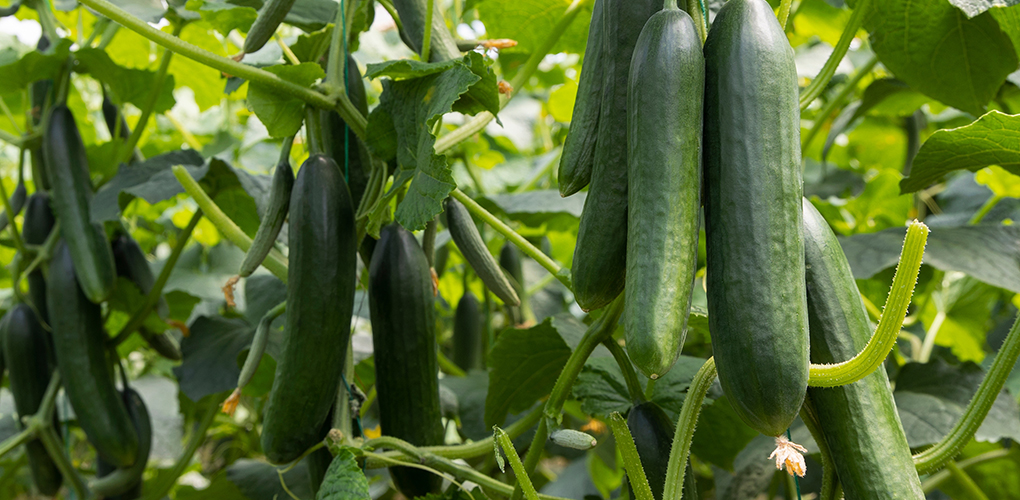
Growing cucumbers
“Cukes” grow in all regions of Australia and come in many sizes and varieties: Apple, Lebanese, and Continental.
When planting cucumbers, keep in mind that they prefer a little shade in warmer areas. They also like rich soil and regular watering – preferably by drip irrigation.
As cucumbers are climbers, you’ll need to build a frame to keep them from sprawling along the ground.
Cucumbers can be picked at any size, and are very rewarding for children to grow. Check out some other fun summer garden projects for kids.
To eat: Slice your cucumbers to use as a base for smoked salmon or cheese. Or grate and squeeze them to make tzatziki.
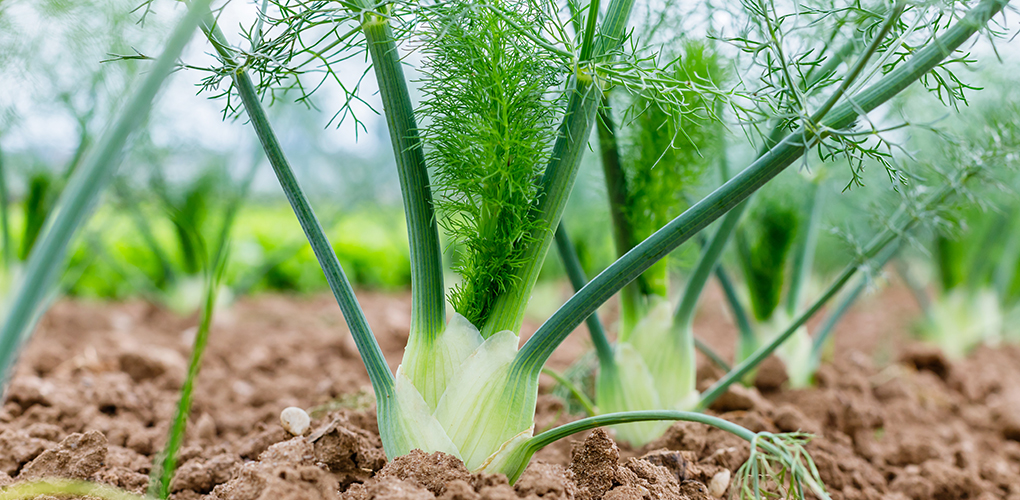
Growing fennel
Fennel is a very versatile and under-rated vegetable. However, you need to look for seeds of the Florence fennel, not the feathery type or seed fennel.
Sow directly where you want it to grow. As the bulb grows, mound the soil up around it to keep the bulb to white and tender. This also reduces the risk of bitterness.
Harvest your fennel when they’re the size of a cricket ball.
To eat: Fennel pairs perfectly with a range of different flavours – think orange or apple. Slice them finely into a summer salad. Or fry them in olive oil to caramelise, and then add a dash of balsamic vinegar.
Looking for other ideas? Check out more vegetables to plant for a summer harvest.
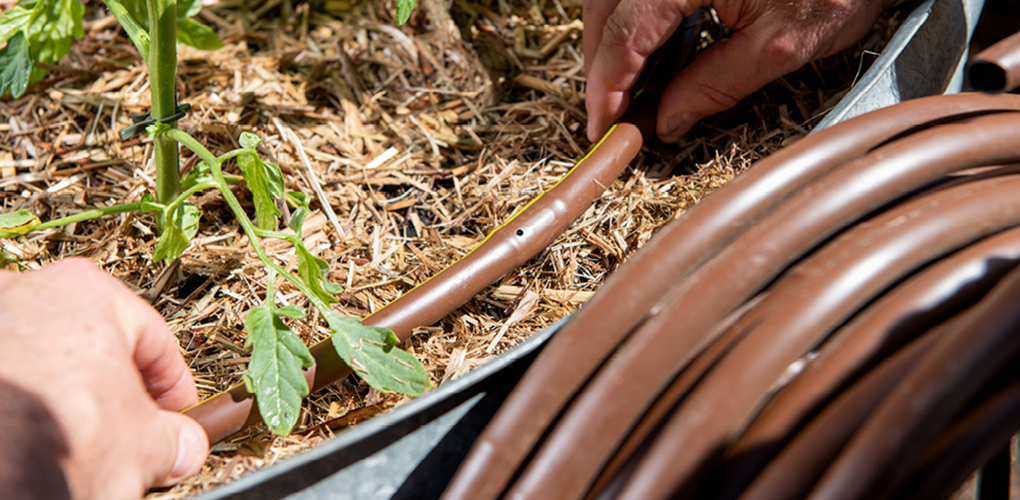
Some veggies are better grown from seed, but you’ll find lots of seedlings in your local garden centre, too.
By staggering plantings, you’ll be able to extend your harvest and enjoy fresh veggies or salad greens for longer. This also avoids having a surplus of produce all at once.
You can grow vegetables in many locations. To save space, some varieties like tomatoes and cucumbers will happily grow up a trellis. Use stakes and twine to build the height and size you need, and then tie the plant up as it grows.
Another option is weld mesh, which can be secured by posts to make a climbing frame.
You can also use large pots to grow many vegetables. These are great for courtyards, and help add height and variation to your garden.
It’s easy to get your veggies growing. Just follow these three simple steps:
- Buy quality seeds and sow them in seed trays with a good seed raising mix.
- Keep them moist and away from the sun until the first leaves emerge.
- Place them in partial sun until they’re robust enough to plant in your preferred container or bed.
Top tip: Summer vegetables need a lot of rich organic matter. This helps them grow fast and strong, and have the best flavour. A ‘set and forget’ watering system is essential to help your plants thrive in hot weather. Water deeply early in the day, and use a thick mulch to keep the plant roots shaded.

Growing asparagus from seed
When planting asparagus, most people purchase a crown. That way, you’ll get beautiful asparagus spears that you can pick in their second year once they’re established.
Asparagus can be tricky, since they don’t like frost and love a fertile, sunny, and well drained position.
Harvest when you notice the spears are getting thin (after around 6-8 weeks). Leave foliage on the asparagus plant until the weather warms up, then cut them to the ground.
Asparagus are heavy feeders. So use plenty of compost and organic matter (such as cow manure) at the start of the growing season. Set aside a special bed for the asparagus, as it can live for many years in the one location.
To eat: Lightly cook in butter with some garlic, pepper and lemon.

Growing cucumbers
“Cukes” grow in all regions of Australia and come in many sizes and varieties: Apple, Lebanese, and Continental.
When planting cucumbers, keep in mind that they prefer a little shade in warmer areas. They also like rich soil and regular watering – preferably by drip irrigation.
As cucumbers are climbers, you’ll need to build a frame to keep them from sprawling along the ground.
Cucumbers can be picked at any size, and are very rewarding for children to grow. Check out some other fun summer garden projects for kids.
To eat: Slice your cucumbers to use as a base for smoked salmon or cheese. Or grate and squeeze them to make tzatziki.

Growing fennel
Fennel is a very versatile and under-rated vegetable. However, you need to look for seeds of the Florence fennel, not the feathery type or seed fennel.
Sow directly where you want it to grow. As the bulb grows, mound the soil up around it to keep the bulb to white and tender. This also reduces the risk of bitterness.
Harvest your fennel when they’re the size of a cricket ball.
To eat: Fennel pairs perfectly with a range of different flavours – think orange or apple. Slice them finely into a summer salad. Or fry them in olive oil to caramelise, and then add a dash of balsamic vinegar.
Looking for other ideas? Check out more vegetables to plant for a summer harvest.

When planting asparagus, most people purchase a crown. That way, you’ll get beautiful asparagus spears that you can pick in their second year once they’re established.
Asparagus can be tricky, since they don’t like frost and love a fertile, sunny, and well drained position.
Harvest when you notice the spears are getting thin (after around 6-8 weeks). Leave foliage on the asparagus plant until the weather warms up, then cut them to the ground.
Asparagus are heavy feeders. So use plenty of compost and organic matter (such as cow manure) at the start of the growing season. Set aside a special bed for the asparagus, as it can live for many years in the one location.
To eat: Lightly cook in butter with some garlic, pepper and lemon.

“Cukes” grow in all regions of Australia and come in many sizes and varieties: Apple, Lebanese, and Continental.
When planting cucumbers, keep in mind that they prefer a little shade in warmer areas. They also like rich soil and regular watering – preferably by drip irrigation.
As cucumbers are climbers, you’ll need to build a frame to keep them from sprawling along the ground.
Cucumbers can be picked at any size, and are very rewarding for children to grow. Check out some other fun summer garden projects for kids.
To eat: Slice your cucumbers to use as a base for smoked salmon or cheese. Or grate and squeeze them to make tzatziki.

Growing fennel
Fennel is a very versatile and under-rated vegetable. However, you need to look for seeds of the Florence fennel, not the feathery type or seed fennel.
Sow directly where you want it to grow. As the bulb grows, mound the soil up around it to keep the bulb to white and tender. This also reduces the risk of bitterness.
Harvest your fennel when they’re the size of a cricket ball.
To eat: Fennel pairs perfectly with a range of different flavours – think orange or apple. Slice them finely into a summer salad. Or fry them in olive oil to caramelise, and then add a dash of balsamic vinegar.
Looking for other ideas? Check out more vegetables to plant for a summer harvest.

Fennel is a very versatile and under-rated vegetable. However, you need to look for seeds of the Florence fennel, not the feathery type or seed fennel.
Sow directly where you want it to grow. As the bulb grows, mound the soil up around it to keep the bulb to white and tender. This also reduces the risk of bitterness.
Harvest your fennel when they’re the size of a cricket ball.
To eat: Fennel pairs perfectly with a range of different flavours – think orange or apple. Slice them finely into a summer salad. Or fry them in olive oil to caramelise, and then add a dash of balsamic vinegar.
Looking for other ideas? Check out more vegetables to plant for a summer harvest.










